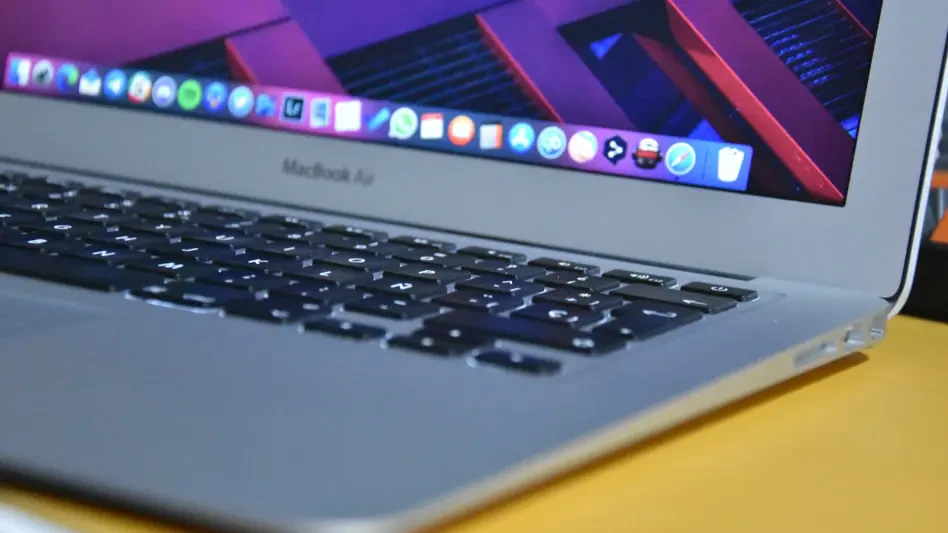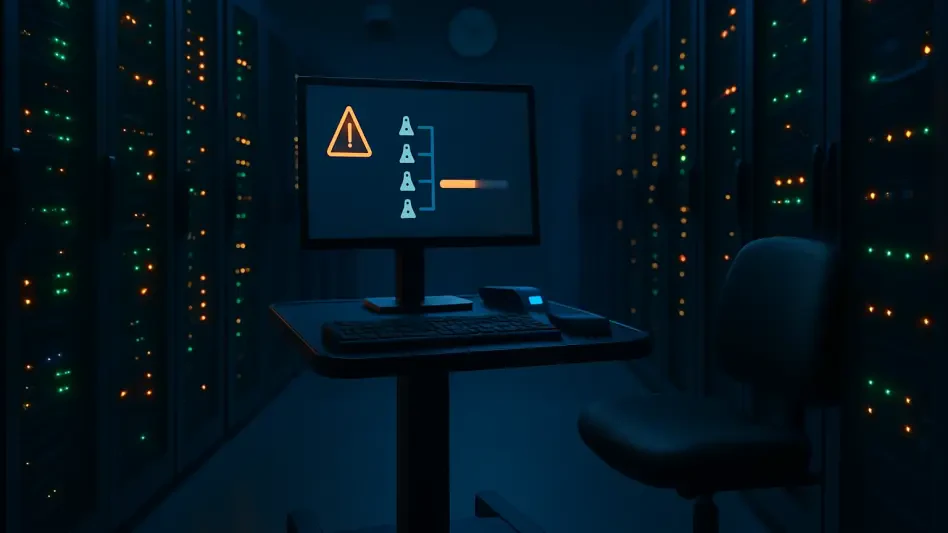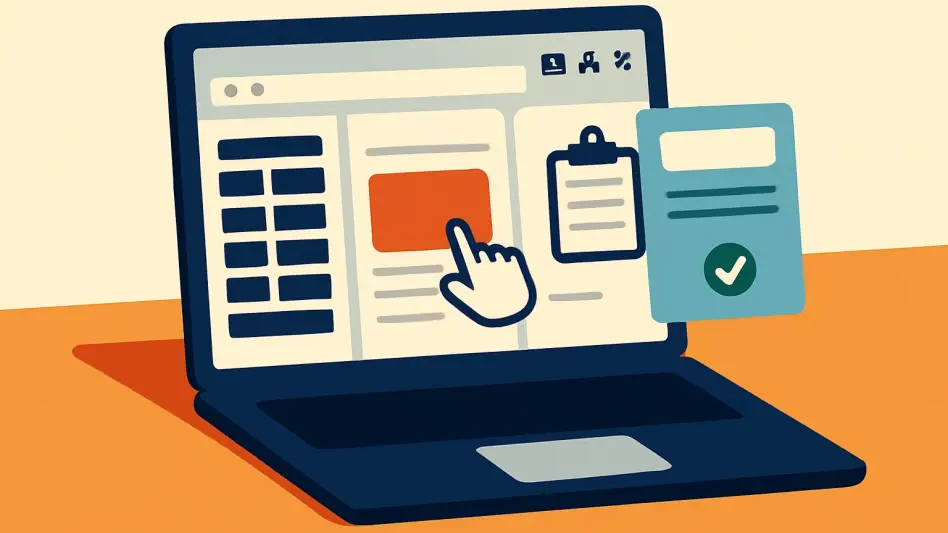In recent years, Apple has found itself navigating increasingly turbulent waters in its quest to bolster the security of macOS against zero-day vulnerabilities. Despite a longstanding reputation for stringent security measures, recent sophisticated attacks have spotlighted weaknesses, challenging the notion of a flawlessly secure Apple ecosystem. Zero-day vulnerabilities represent critical security flaws exploited by hackers before developers can release protective patches. Their prevalence has risen dramatically, particularly undermining macOS and urging Apple to take proactive steps to fortify its defenses against these threats.
Surging Zero-Day Vulnerabilities
Unfolding Threats in Recent Months
The past six months have seen Apple confronted with a wave of formidable zero-day vulnerabilities that underscore the urgency of its security strategies. April witnessed two emergency patches — CVE-2025-31200 and CVE-2025-31201 — addressing vulnerabilities that allowed malicious actors to execute arbitrary code on macOS Sequoia and iOS devices. Deemed extremely sophisticated by Apple, these incidents highlight the pressing danger posed to individual and enterprise security alike. Such occurrences illustrate how even the most secure environments remain vulnerable without cautiously evolving defenses.
Further complicating Apple’s security landscape, vulnerabilities named “AirBorne” were uncovered earlier this year in the AirPlay protocol. Identified by Oligo Security, these zero-click remote code execution threats hold particular significance, as they can be exploited without any user interaction, instantly placing billions of devices at risk. March saw another critical zero-day vulnerability (CVE-2025-24201) patched in WebKit, allowing attackers to escape the Web Content sandbox with crafted web content. These instances underscore the persistent challenge of maintaining robust cybersecurity amidst evolving threats.
Vulnerabilities Exploiting System Integrity
The timeline of ongoing security hurdles continued with revelations in January, when CVE-2024-44243 was discovered. This particular flaw allows hackers to bypass System Integrity Protection (SIP) in macOS, raising alarms over potential rootkit installations, persistent malware, and broader exploitation opportunities. The implications are profound; Microsoft’s Threat Intelligence stressed the severity of this vulnerability and its ability to markedly expand attack surfaces. The vulnerability’s potency amplifies concerns over system integrity and the quest for safeguarding macOS from intricate exploitations.
Apple’s adept incorporation of a multi-layered defense system within macOS embodies its efforts to counteract these vulnerabilities. Its security framework prioritizes prevention, blocking, and remediation. The prevention layer utilizes processes such as Gatekeeper and Notarization to inhibit malicious software execution. Meanwhile, Gatekeeper, Notarization, and XProtect compose the blocking layer, working to thwart malware execution actively. Lastly, XProtect handles remediation by identifying and excising executed malware, with regular updates further enhancing defense capabilities against adaptive threats.
Enhancing macOS Security Measures
Embracing Third-Party Solutions
Despite the sophistication of Apple’s built-in defenses, institutions and security-conscious users increasingly find value in supplementing security frameworks with third-party solutions. This trend has arisen due to the complexity and frequency of threats, necessitating comprehensive strategies, especially in environments managing diverse Apple devices. Solutions like Jamf Protect and SentinelOne’s macOS Sentinel Agent lead this charge, offering robust endpoint security alongside existing Apple defenses. Jamf Protect specializes in updates, compliance monitoring, and threat-hunting, while SentinelOne incorporates advanced AI capabilities for real-time threat detection beyond standard signature-based approaches.
These third-party solutions are crucial in fortifying macOS against persistent threats, augmenting existing security measures and aiding in centralized monitoring and threat response. Jamf Protect’s specialized approach, focusing on timely updates and compliance monitoring, adds a strategic layer to the overall security design. Concurrently, SentinelOne utilizes sophisticated AI-driven engines to detect and mitigate security threats, deploying behavioral analysis to identify novel threats, thereby providing broader protective coverage.
Defensive Best Practices
For individual users and developers, adopting best practices remains essential in mitigating exposure to zero-day vulnerabilities. Timely updates with Apple’s security patches are crucial, as seen in March and April, which addressed active vulnerabilities directly. Enabling FileVault for full-disk encryption enhances data protection, as does implementing strong authentication processes like two-factor authentication for Apple ID. Password managers aid users in maintaining powerful, unique passwords, ensuring further security.
Users are also encouraged to restrict application privileges by downloading apps from verified sources and cautiously granting permissions. System Integrity Protection plays an indispensable role, preventing alterations to crucial system files and minimizing harmful software’s efficacy. Developers should embrace app sandboxing and hardened runtime as strategies to restrict application access, working alongside users to minimize potential exploit avenues. These practices collectively build a robust foundation for defense against potential risks to data and system integrity.
Moving Forward in Security
Over the past few years, Apple has been navigating increasingly challenging waters in its endeavor to enhance the security of macOS against zero-day vulnerabilities. Despite traditionally boasting a reputation for top-notch security measures, recent sophisticated attacks have spotlighted vulnerabilities, casting doubt on the idea of Apple’s ecosystem being flawlessly secure. Zero-day vulnerabilities are critical security flaws exploited by hackers before developers can issue protective patches. These vulnerabilities have become more prevalent, posing significant risks to macOS and prompting Apple to adopt proactive measures to strengthen its defenses. Recognizing the urgency, Apple aims to safeguard its systems and protect user data, emphasizing the need for innovative solutions. The rising tide of threats has urged Apple to rethink its security strategies, reinforce its protection mechanisms, and stay ahead of malicious actors seeking to exploit weaknesses in its operating system for nefarious purposes.








